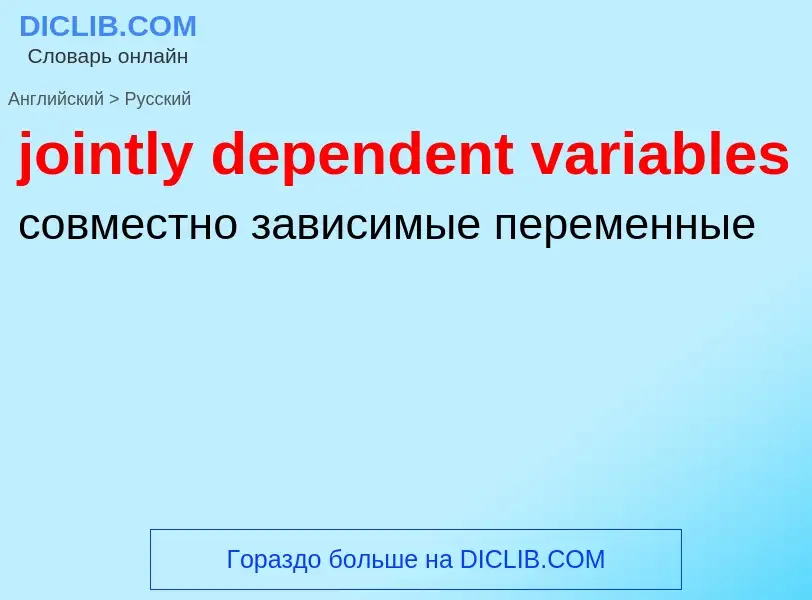Vertaling en analyse van woorden door kunstmatige intelligentie ChatGPT
Op deze pagina kunt u een gedetailleerde analyse krijgen van een woord of zin, geproduceerd met behulp van de beste kunstmatige intelligentietechnologie tot nu toe:
- hoe het woord wordt gebruikt
- gebruiksfrequentie
- het wordt vaker gebruikt in mondelinge of schriftelijke toespraken
- opties voor woordvertaling
- Gebruiksvoorbeelden (meerdere zinnen met vertaling)
- etymologie
jointly dependent variables - vertaling naar russisch
Definitie
Wikipedia
A dependent-marking language has grammatical markers of agreement and case government between the words of phrases that tend to appear more on dependents than on heads. The distinction between head-marking and dependent-marking was first explored by Johanna Nichols in 1986, and has since become a central criterion in language typology in which languages are classified according to whether they are more head-marking or dependent-marking. Many languages employ both head and dependent-marking, but some employ double-marking, and yet others employ zero-marking. However, it is not clear that the head of a clause has anything to do with the head of a noun phrase, or even what the head of a clause is.



